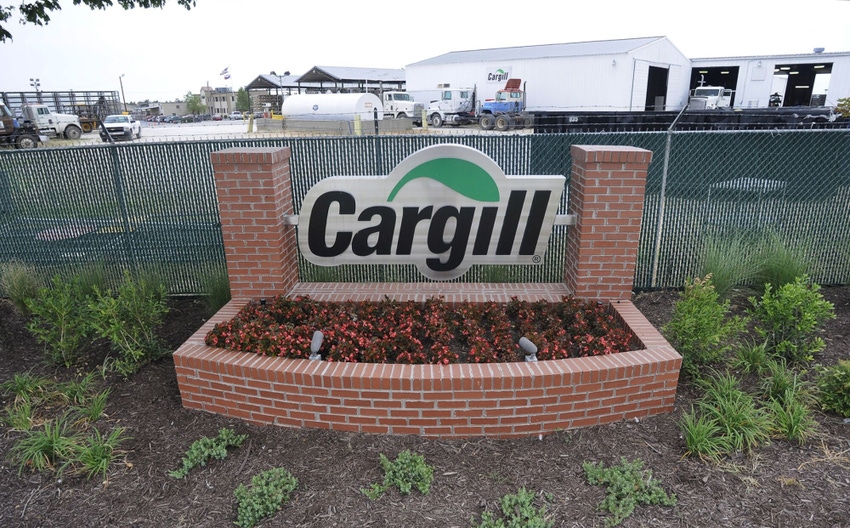Cargill says pandemic-era chicken bet is about to pay off
Outlook for Sanderson Farms acquisition improves on anticipated poultry sector turnaround.

By Gerson Freitas Jr and Isis Almeida
Shortly after crop trader Cargill Inc. inked its multi-billion dollar bet on US chicken in 2021, the industry plunged into its worst downturn in years. Now, after a bracing introduction, the sector is on the verge of a much-needed turnaround that a top executive says is “months, not years,” away.
“Sometimes the timing is just unlucky when you make a purchase,” said Hans Kabat, the president of company’s North American protein business, referring to the company’s $4.5-billion takeover of chicken producer Sanderson Farms Inc. with joint-venture partner Continental Grain Co. As prices slowly rebound from the lowest levels in at least a decade, the industry is beginning to point in the right direction. “We would believe that 2024 is going to be better.”
When Cargill first announced the deal, it had reasons to be optimistic. Fueled by a host of factors — from pandemic-formed grocery habits to the American fried-chicken craze — soaring chicken demand was at times outstripping supplies, with prices for popular cuts through the roof. Cargill already owned poultry operations on multiple continents, but the US was looking like a prime market for expansion and diversification for the nation’s third largest beef producer. The JV partners paid a 15% premium to Sanderson’s highest-ever price in a sign of their high expectations.

Hans Kabat Photographer: Doug Barrett/Bloomberg
But during the nearly year it took to close the deal amid a laborious Justice Department review, the market soured. As chicken producers across the country raced to bring on more supply, consumers — faced with the highest inflation in four decades — pared back purchases of costly meat. That left a glut of birds whose feed costs had skyrocketed amid the war in Ukraine.
Over the past few months, those pressures in the domestic chicken sector have started to abate. Some companies have begun breeding fewer birds in an effort to rebalance the market, with Tyson Foods Inc., the largest poultry producer in the US, announcing the closure of six chicken plants. Aiding the recovery, feed costs are also falling from last year’s highs. Corn futures are down almost 30% this year, as farmers harvest what is expected to be the second largest-ever US crop this year. And feed prices should continue to fall as more soybeans are processed for renewable diesel, leaving growing supplies of soy meal available as animal feed.
The challenging poultry situation faced by Cargill and others lately “hasn’t slacked our optimism about the business even 1%,” Kabat said in an interview at the unit’s headquarters in Wichita, Kansas. “It’s an area that we needed to be in. We made that very significant move and are very happy to have.”
Protein is big business for America’s largest private company, owned by the descendants of the founding Cargill and MacMillan families. Although the agricultural giant doesn’t publicly disclose financial details, Fitch Ratings estimated that more than 50% of Cargill’s 2022 earnings before interest, taxes, depreciation and amortization came from the animal nutrition and protein segments. In fact, the protein unit is so important that when David MacLennan stepped down as chief executive officer, the former boss of Cargill’s protein division, Brian Sikes, took his place in January. In fiscal 2023, Cargill’s profits tumbled 43%, investor documents showed last month, though it was still the fourth-best year in history.
Fortunately, the chicken industry is able to right-size itself relatively quickly because of the short life-cycle of birds. It takes only a couple of months for a broiler to reach market weight, meaning it doesn’t take too long to re-balance supply. The same can’t be said of the struggling beef sector, where cattle can be almost two years old before going to slaughter. As a result, the industry’s pains with beef will likely deepen before getting better, keeping a lid on profits for much longer, according to Kabat. The production of cattle typically accounts for the largest share of revenue in the US agricultural sector.
Related: Feeding the World Once Brought the US Untold Influence
For many meatpackers, processing beef is just barely profitable today. That’s because high feed costs and droughts forced more ranchers to slaughter their heifers in recent years, shrinking herd sizes and in turn driving up cattle prices to all-time highs — ultimately eroding meat processors’ margins. Even now, many ranchers may not be ready to start investing to grow their herds again, Kabat said.
“We know that we are not in the end of this cycle of liquidation,” he said, adding that it could take another three years until beef supplies begin to grow again.
In the meantime, Cargill is trying to meet the customers where they are, expanding its supplies of case-ready cuts, marinated meats and tray packs. And despite all the recent challenges, it’s still bullish long term on both chicken and beef.
“The world is protein deficit,” said Kabat, whose division also handles turkey and eggs, “and it’s going to be protein deficit for the next several decades.”
To contact the authors of this story:
Gerson Freitas Jr in New York at [email protected]
Isis Almeida in Chicago at [email protected]
© 2023 Bloomberg L.P.
About the Author(s)
You May Also Like


.png?width=300&auto=webp&quality=80&disable=upscale)
